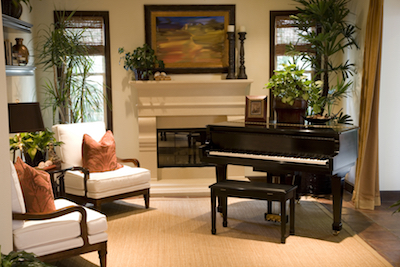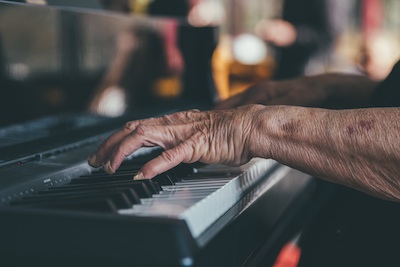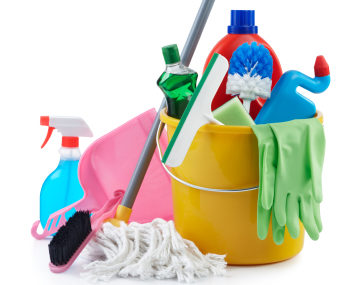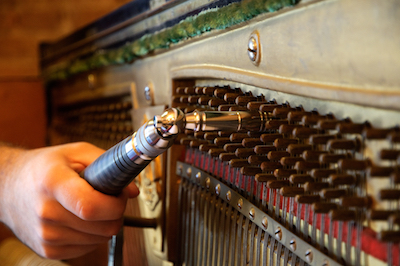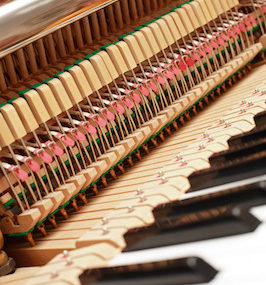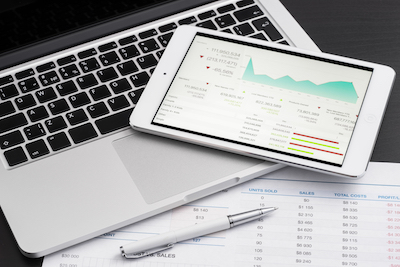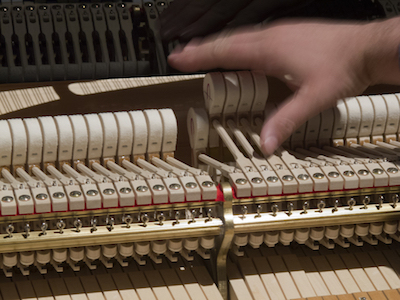Summertime means stepping away from the daily rush we experience all year long. It means vacations. It means slowing down. It means having fun.
But that doesn’t mean it’s time to forget everything you’ve spent the past year learning. If you’ve been adding piano lessons into your weekly routine, how do you ensure your child stays at his or her best during the lazy summer months? 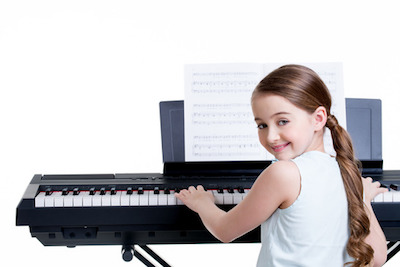
Start A Reward Program
Kids often have things they want while they are away from school. Maybe it’s something from the store. Maybe it’s a trip to the amusement park. Work out a system where practice earns stars. If they earn enough stars, they can turn them in for prizes. It’s a great way to teach them about savings too.
Download an App
Even when you’re traveling and on vacation, make piano playing fun. Check out one of the many piano apps you’ll find for your phone or tablet. Be sure to pack headphones for in the car or on the airplane to ensure everyone stays happy.
Track Progress and Set Goals
Life is slower in the summer months. That might mean notching down piano learning goals too. But you can still set goals and help your child achieve them. Select songs they’ve wanted to learn and motivate them to practice a little each day. Be enthusiastic; how about a concert on family night? This is the time for them to have a little fun with it and learn things that will keep them happy on those long, boring days.
Team Up
Chances are friends or cousins are having a hard time sticking to a schedule too. Why not team up for double duty practice and playing? Encourage your pianist to have a friend over to practice songs together. Duets are exciting when you have a friend to giggle with.
Piano playing is supposed to be fun. And the more enjoyable you make it throughout the summer months, the more they’ll be ready to hop back into the normal routine come fall.
